
Guide to China Video Marketing: Top 10 Platforms in 2021
| July 8, 2021 | Mia Li |
Intro
If you want to do business in China, it’s important to know which platforms your potential clients spend their time on the most. As the old Chinese saying goes, “Knowing oneself and one’s enemy ensures victory.” There are many promising Chinese marketing platforms, such as the Baidu search engine, social media like WeChat and Weibo, as well as video platforms like Douyin and Kuaishou. When considering growing a business in China, most people first would lay eyes on WeChat and Weibo, due to their large user base.
However, with the further popularisation of network capabilities, an increasing number of people are spending their time on short videos. Where the user’s time is placed, the business opportunity will appear. There is no doubt that short video marketing will become a key battlefield for business competition among enterprises.
The most fundamental reason why users are willing to watch short videos is that, when compared with text and images, videos are more effortless and make us feel more comfortable gaining information and absorbing content. When watching short videos, the brain mobilizes more of the creeping brain part, which is easier to activate, while reading must mobilize the entire brain. In an environment where society tends to obtain information easily and quickly, it’s only natural that short videos will become mainstream information carriers.
In this article, we will provide you with a brief analysis of the top 10 video marketing platforms in China to help you to grasp the general situation of China’s video marketing.
Top 10 China Video Marketing Platforms
Bilibili
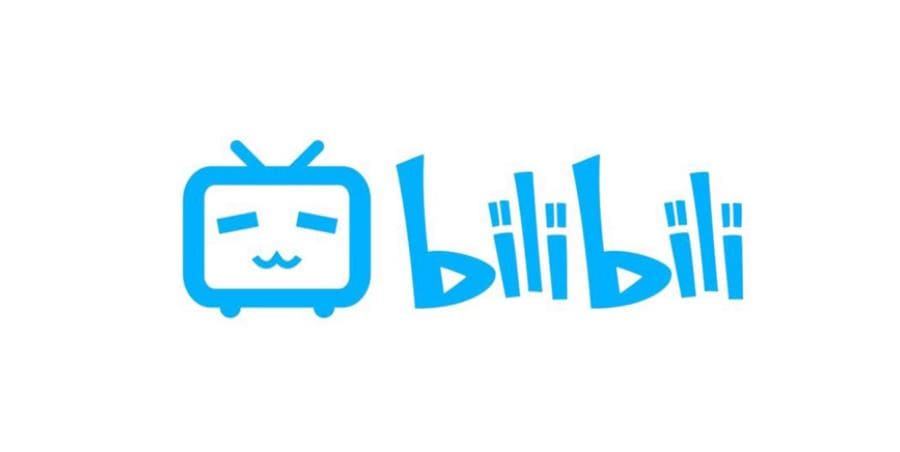
Bilibili was founded in 2009 as a website dedicated to sharing anime images and videos.
Over the course of a decade, the business grew into a wide range of emerging markets, including ads, mobile gaming, and e-commerce.
Unlike other major video channels, such as iQiyi and Tencent Video, Bilibili has a distinct content strategy that focuses on ACG (anime, comics, and games), specifically Japanese anime, comics, and video games. In China, this type of content is referred to as 2nd-dimensional space.
The majority of users are students or young graduates. According to Bilibili’s investor presentation for Q1 2020, their emphasis is on Gen Z(people born from 1990 to 2009) and the vast majority of users access the app from mobile devices. The ability of Bilibili to attract a wide cross-section of China’s Generation Z should excite brands looking to engage China’s emerging young consumers.
Aside from anime and games, Bilibili also has beauty, fashion, culture, advertisement, and digital sections. Users livestream their thoughts and tips on every topic imaginable, allowing brands to collaborate with famous KOLs who are involved on Bilibili. Whatever industry a brand is in, there is almost certainly a way to engage China’s Generation Z customers by leveraging content on Bilibili.
Douyin (Chinese TikTok)

If you live outside of China, you have almost certainly seen advertisements for Tik Tok, the new short video app that has taken off in Western markets. If you live in China, you can recognise Tik Tok’s logo and interface as being identical to Douyin’s.
Many are comparing TikTok to Vine for this generation, but there aren’t many comparisons beyond a scrolling video stream. Whereas Vine hinged on the concept of incredibly short, six-second videos, TikTok is more free-form. With that openness comes a slew of new formats and memes on the website, ranging from short sketches to DIY photography tutorials. As more consumers flock to the app, more brands enter in an attempt to market on this game-changing site.
TikTok is a great space for marketers if you can do it correctly. It can provide massive visibility and the ability to reach millions of users. However, if you are a brand considering a TikTok strategy, proceed with caution. Young people are suspicious of advertisers invading their personal space.
TikTok User Demographics and Statistics
- Bytedance, TikTok’s parent company based in Beijing, is estimated to be valued at $78 billion, making it one of the world’s most successful tech startups.
- According to TikTok, its users are approximately 60% female and 40% male.
- Nearly half of TikTok’s global audience is under the age of 34.
- Twenty-six percent of TikTok users are between the ages of 18 and 24.
- TikTok has a vast global reach: 466 million users are from India, 173 million are from China, and 123 million are from the United States.
- TikTok users spend an average of 52 minutes a day on the app.
TikTok does not have any room for conventional display advertising and does not compete with other social media channels as a marketing tool. However, because of its rapid growth and increasing popularity, many brands are beginning to recognise TikTok’s potential as a viable marketing platform.
Several brands have used TikTok challenges and competitions to encourage users to create brand-related content. Brands are also using hashtags to spread their TikTok marketing campaigns in a manner close to how they do on other social media sites. Traditional advertisement that emphasises a product’s superior qualities is ineffective. Lighthearted, friendly campaigns set to music hit the mark. The ultimate aim is to go viral on the web and inspire TikTok users to imitate.
Kuaishou

Kuaishou, also known as Kwai outside of China, is a popular video-sharing and live-streaming app in China. It occupies a leading role in the industry, with 300 million daily active users and over 400 million daily likes, and it is a key forum for laying the groundwork for community marketing.
The platform is known for highlighting the real lives and fascinating environments outside of China’s largest cities and usually targets youth in lower-tier cities and small towns outside of the major urban centers. However, its scope and impact are expanding, and its quality and services are constantly improving. It was, for example, the sole interactive partner for the 2021 Spring Festival Gala. It enables users to create short videos to share everyday moments from their lives, such as going fishing or square dancing. People can also livestream themselves, and famous vloggers can interact with their followers.
The majority of Kuaishou accounts belong to individual users who post information about their personal lives on the website. It’s jam-packed with user-generated videos. Kuaishou Masters are the site’s KOLs and influencers. To increase brand recognition and sales, brands can collaborate with KOLs who are aligned with their goods, beliefs, and message to create innovative videos and recommend products to viewers.
Brand promotions on the platform are extremely successful due to the high level of confidence between KOLs and fans. For example, JD.com collaborated with Kuaishou influencers last year to live stream its annual 618 Shopping Festival. The purchasing rate hit 10,000 orders per minute during the livestream.
Kuaishou, one of the most common Chinese short-video apps, has a significant disadvantage in terms of their lack of higher-quality user-generated content. The platform’s content is generally of poor quality. In terms of commercialisation, the platform is still in its infancy, and its potential to monetise content is much more inferior to that of Douyin.
Xigua Video

Xigua Video is a Chinese video platform that offers a place for influencers, but in a different way than we see in the Western world.
Unlike other video sites like YouTube, where the distinction between ad content and professional content is becoming increasingly difficult to identify, Xigua prioritizes professional content. In reality, the average video length on Xigua exceeds two minutes, in contrast to other video platforms where shorter content is more popular. Xigua Video is an excellent outlet for brand recognition.
Males make up a disproportionately large share of Xigua Video users, with more than 70% being under the age of 40. The Xigua Video user base is largely concentrated in lower-tier cities. Despite the fact that the number of 18 to 30-year-old users climbed by 4.4 percent in 2020 compared to the previous year, the proportion of users residing in higher-tier cities is also growing.
What about its content? Xigua Video, like other Bytedance-owned businesses, including Toutiao, is based on the company’s strong algorithms. The app focuses on offering highly personalised, algorithm-driven recommendations and the videos have no time limit.
Xigua Video places a high value on high-quality content and excels in meeting this goal. Both algorithmic suggestions and user sharing aid in driving traffic to high-quality content (particularly videos longer than one minute).
Viewers have responded favourably to collaborations in the automotive business, fashion, parenting, and gastronomy.
Meipai
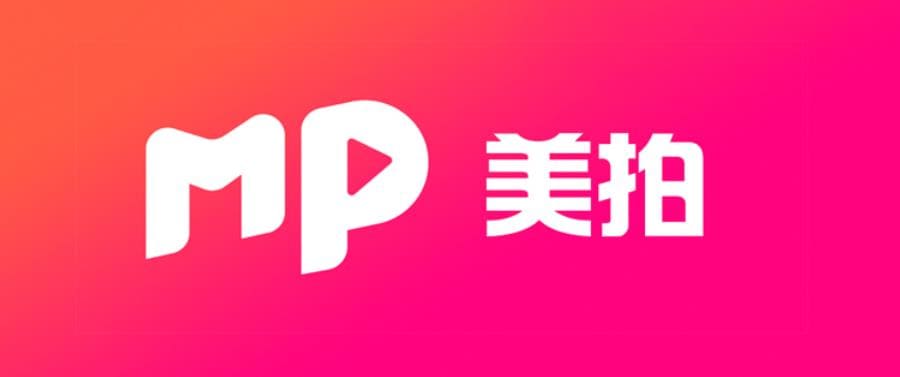
Meipai, which debuted in 2015, is a Meitu product as well as a prominent video-based social network in China; it has been nicknamed the “Instagram for video.”
Meipai has long been a favourite amongst beauty bloggers. This is due to the fact that Meipai’s founder, Xiamen Meitu Technology Co., also owns a range of beauty apps. Meitu, their original app, is an incredibly popular image-editing app that nearly every woman in China uses to beautify images before sharing them with friends. MakeupPlus, a virtual makeup try-on app, is another of their famous apps. Xiamen Meitu Technology Co.’s apps are all interconnected and share viewers.
Users upload videos of their daily lives and can use Meipai’s suite of editing tools to add audio, apply filters, and make their own “blockbuster” movies. Beauty brands and influencers use the site to connect with its predominantly young, female, and affluent user base. Women account for 76% of the population, with an average age of 23 and 60% residing in first and second-tier cities; that’s why Meipai is particularly popular among cosmetic and fashion companies. Many brands, including L’Oréal, Disney, Maybelline, Snickers, ELLE, and Victoria’s Secret, have used the site to launch marketing campaigns.
Huoshan Video
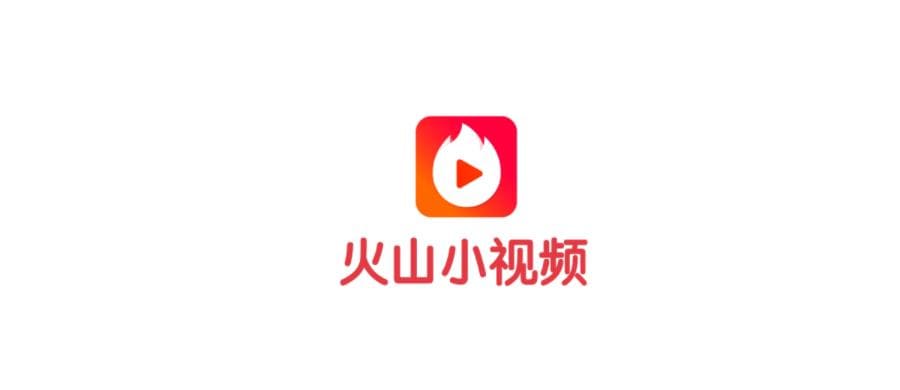
Huoshan is a video-filming platform that allows users to quickly obtain content, showcase themselves, and gain fans by capturing videos for up to 15 seconds.
Users can use images and short videos to document their lives, as well as connect with fans in real-time through live streaming.
Huoshan Video and Douyin are both under ByteDance, but Huoshan focuses more on livestreaming, while Douyin focuses on short creative videos.
In January 2020, Huoshan Video was renamed Douyin Volcano Edition, and a new icon was enabled.
Huoshan and Xigua Video cater to varied video demands. Huoshan has thousands of powerful Chinese KOLs, whereas Xigua Video has over 100 million users.
WeChat Channels
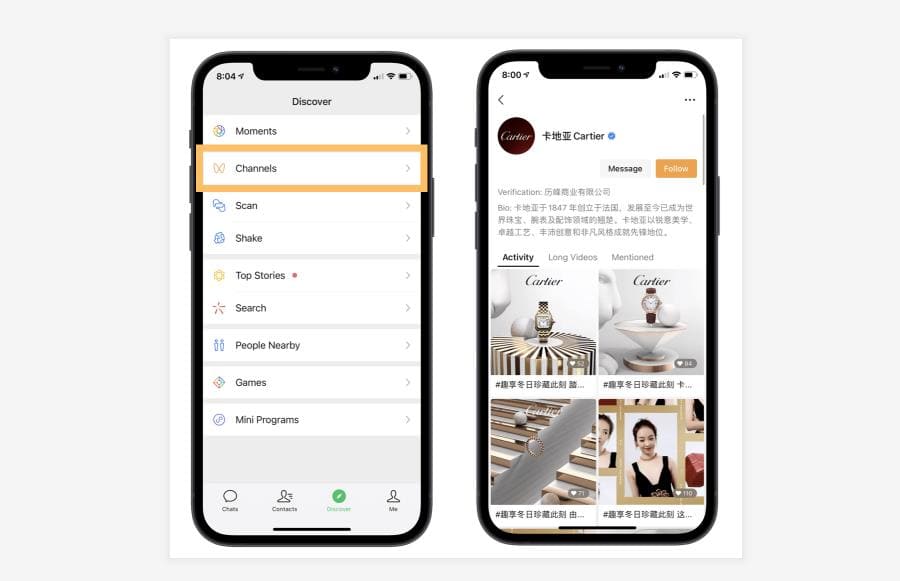
Now you may know about Wechat, but do you know about the WeChat Channels, a video marketing platform with great potential launched by WeChat last year?
WeChat Channels is a dedicated platform that resembles a video feed for content producers, brands, businesses, and people to reach a (new) audience outside of their WeChat friends/followers.
Both individuals and companies can apply for a WeChat Channel, as it allows users to produce less-than-one-minute videos or photographs with a short message and share them with the world. Channels will transform WeChat into a truly open platform for discovering and following other users. People will also be able to discover, like, comment on, and follow the channels of other users.
Douyin and Kuaishou are two of the most well-known names in the Chinese short-video app market. WeChat’s primary edge over other video platforms must be its skill in the field of “messaging.” WeChat is China’s largest messaging app, with 1.15 billion monthly active users in 2019. As a result, WeChat Channels are likely to see strong initial traffic.
Unlike Douyin and Kuaishou, the majority of videos in the WeChat Channels are not targeted depending on the interests of the users. This is a significant letdown given as WeChat possesses very comprehensive data ranging from user reading habits to e-commerce purchases.
But on the other hand, a strategy like this decentralises the amount of traffic allotted to each individual user, which means that the probability of your video channel appearing on the homepage is greatly improved. By going down this road, WeChat Channels sacrifices the quality of information that users view in their feed.
WeChat Channels Algorithm
- The most popular video among your friends
- Accounts followed by another friend
- Content created in the same city
- Content created by a WeChat friend
Tencent Video
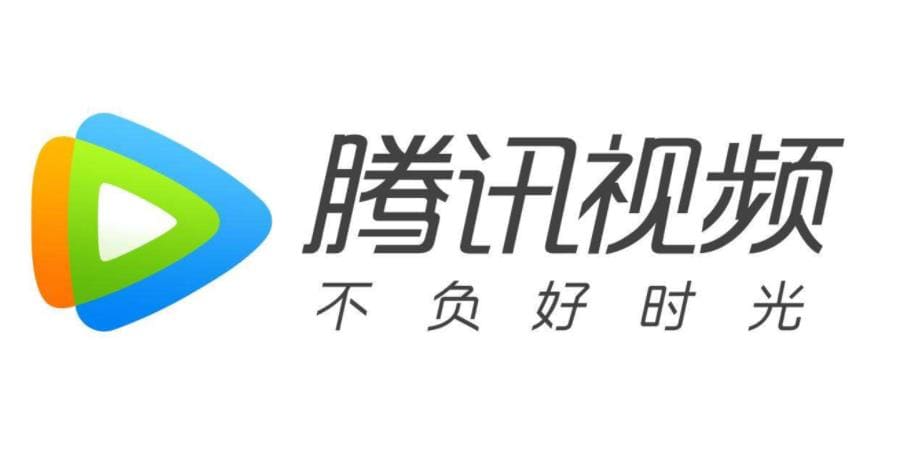
Tencent Video is currently China’s largest video website with over 500 million monthly active users. Tencent Video, which is tightly linked to WeChat, a social media powerhouse, has quickly developed to become one of the top ten most downloaded apps.
Tencent Video was launched in April 2011 by Tencent, and in that time its subscriptions increased 18% year-on-year to 114 million in Q2 2020, driven by self-commissioned Chinese anime and drama series.
Everything from brief video snippets to TV series and movies is available on the Tencent Video. Many people take it as a combination of Netflix and YouTube. It is an excellent advertising platform for firms to promote their products and services, as well as other brand information, to a large number of people.
Advertisements appear in forms of native entertainment traffic, reaching users precisely and accurately. Tencent Video provides a variety of video lengths and spaces, so even if you have a limited budget you can still choose a video ad that meets your requirements.
Youku Video

Following YouTube’s shutdown in 2009, Youku took the position of Chinese YouTube. This video platform is now owned by Alibaba and has a sizable user base of 500 million monthly active users who watch over 800 million videos every day.
Youku is dedicated to providing its users with an exceptional experience. The platform has made speed one of its defining characteristics. Users on Youku can quickly and easily search for, access, post, and share videos. Youku can personalise its material to each individual user thanks to substantial usage of artificial intelligence and data collection. Without a doubt, Youku is one of China’s most popular and widely utilised video platforms.
How do you promote your brand on Youku Video then? Well, Youku can assist you in reaching a larger audience. It is a widely accessible media platform that receives a large number of views each day. This is an excellent social media platform for promoting digital adverts. You can employ pre-roll advertisements, post-roll advertisements, and even banner advertisements. Your advertising will be displayed when the user is watching a video, increasing the visibility of your brand.
What’s more, Youku is an excellent platform for increasing brand awareness and loyalty. It provides excellent brand recognition through video content and attracts visitors to your website. Chinese netizens may not be able to find your website, especially if you have poor Baidu SEO. As a result, having visibility on Youku will assist you in increasing your conversion rate and sales.
iQiyi Video
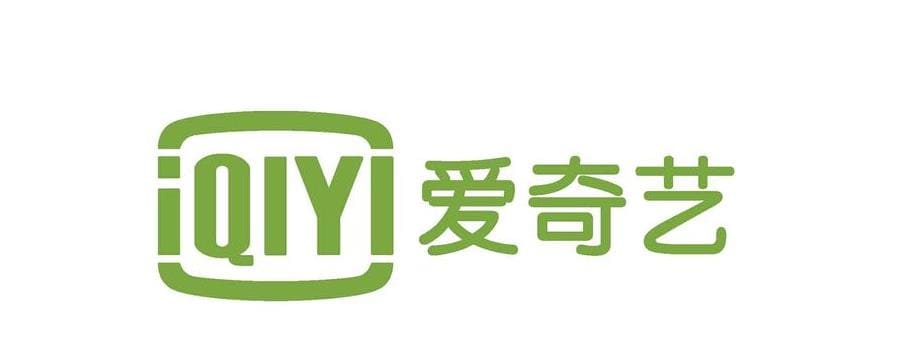
iQiyi was launched in China on April 22nd, 2010, as a promising video streaming platform exclusively for the Chinese, and it’s often considered to be the combination of Netflix and Youtube.
Memberships on Chinese video platforms have surpassed 100 million, and mainstream video platforms have reached 60% of China’s population. The competition pattern in China’s video-streaming business has been mostly formed. The first camp was led by iQiyi, Tencent Video, and Youku, with iQiyi and Tencent Video subscribers accounting for 53.9% of the population.
IQiyi uses cultural trends and social influence to develop a part of its content in accordance with the “up and down cycle” strategy to have a wider mainstream appeal, while also focusing on more professional content for niche audiences.
IQiyi increasingly follows the tenet of “advertising is content, content is advertising,” which provides further opportunities for brands to effectively integrate with their programs.
In addition, iQiyi is also committed to enhancing brands’ capacity to reach potential customers offline. Popular celebrities who feature on iQiyi shows provide a platform for marketers to capitalise on China’s booming fan economy by enlisting up-and-coming stars as brand ambassadors. Celebrities can then advertise brands on a show, through various social media channels, and at live events.
Conclusion
These are some of the top video marketing platforms available in China in 2021. There are many other platforms, contact us to help discover the best platforms that make the most sense for your marketing strategy. https://bit.ly/3hIl6CG
| Don’t forget to share this post! |